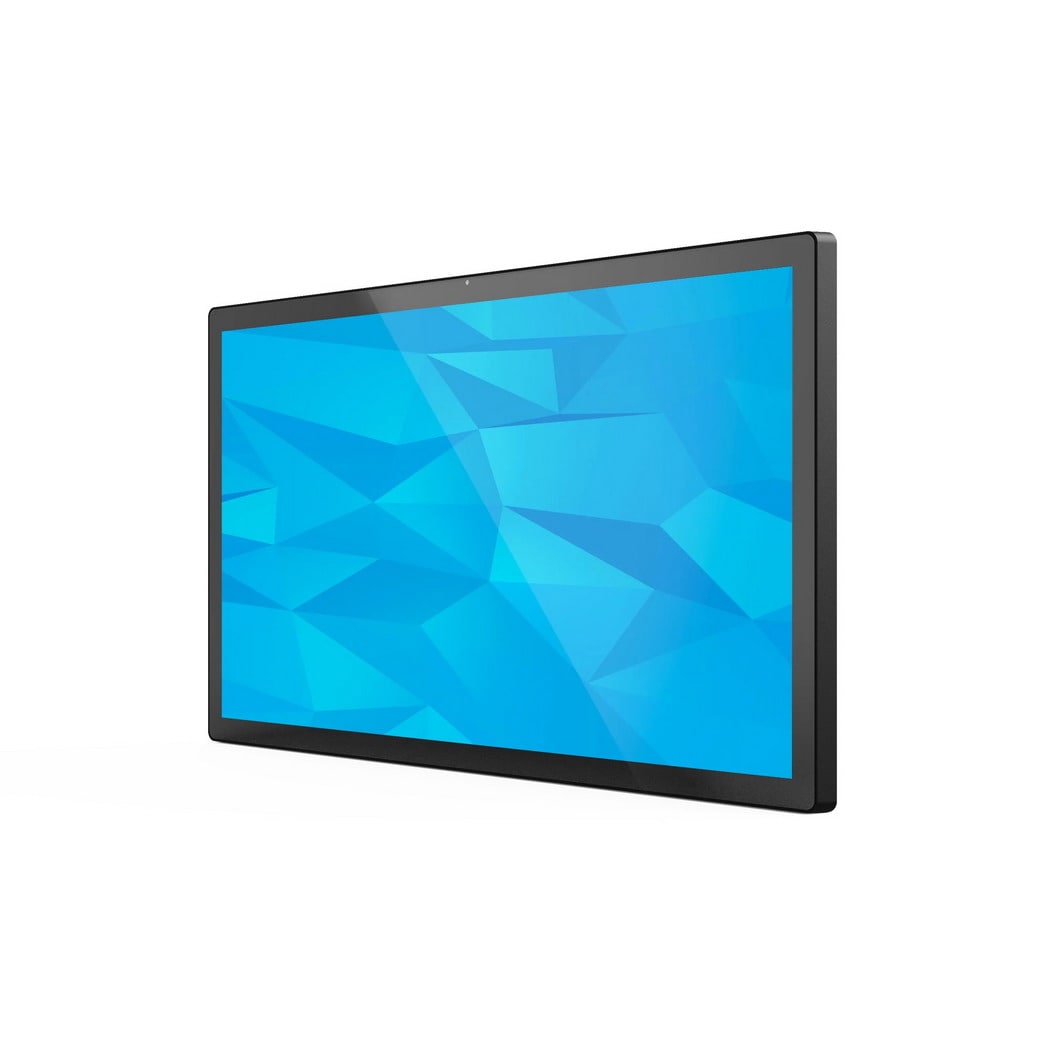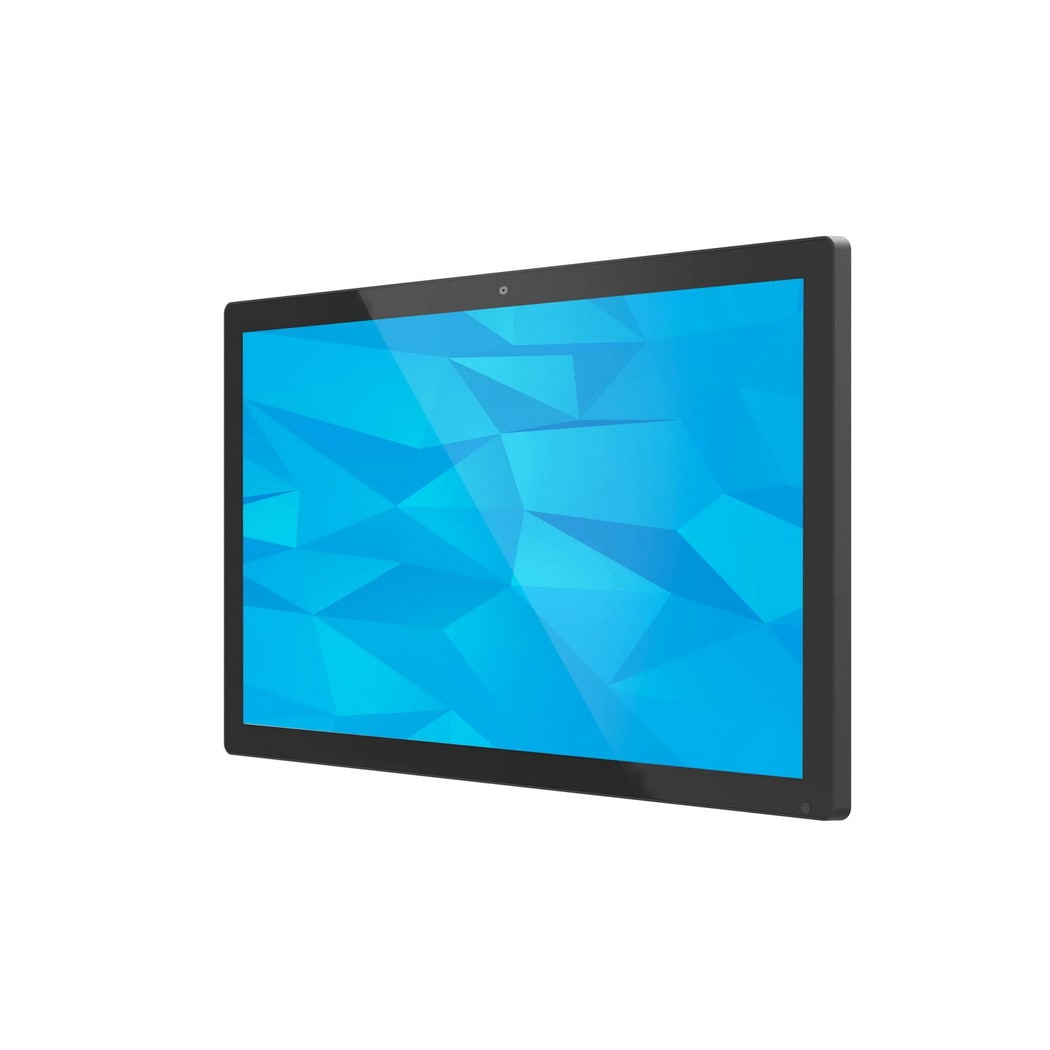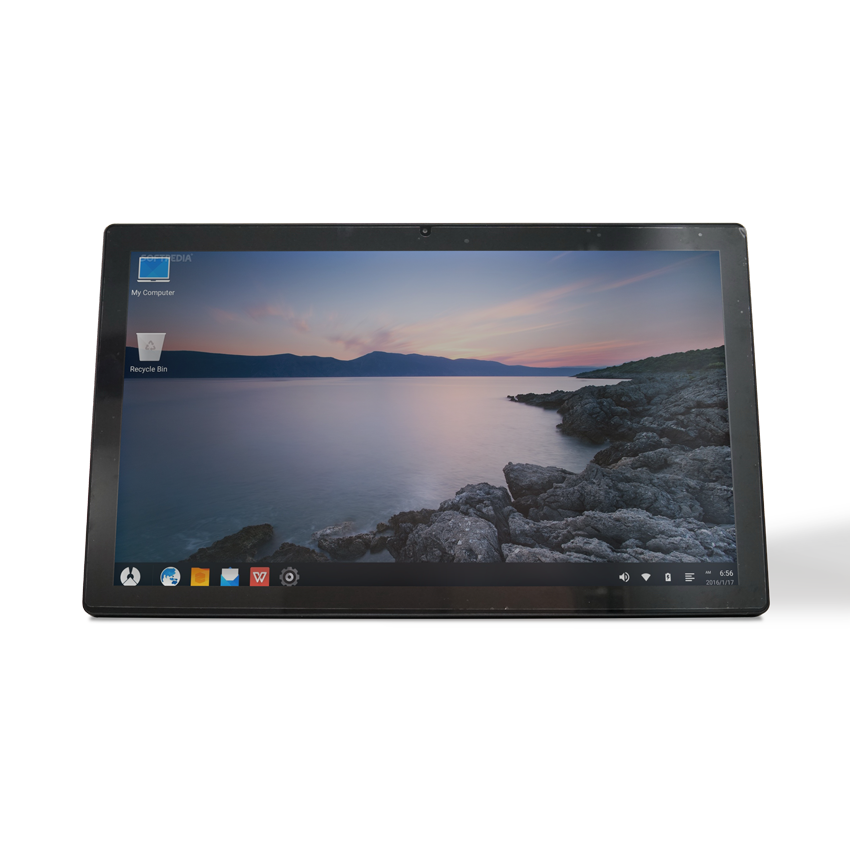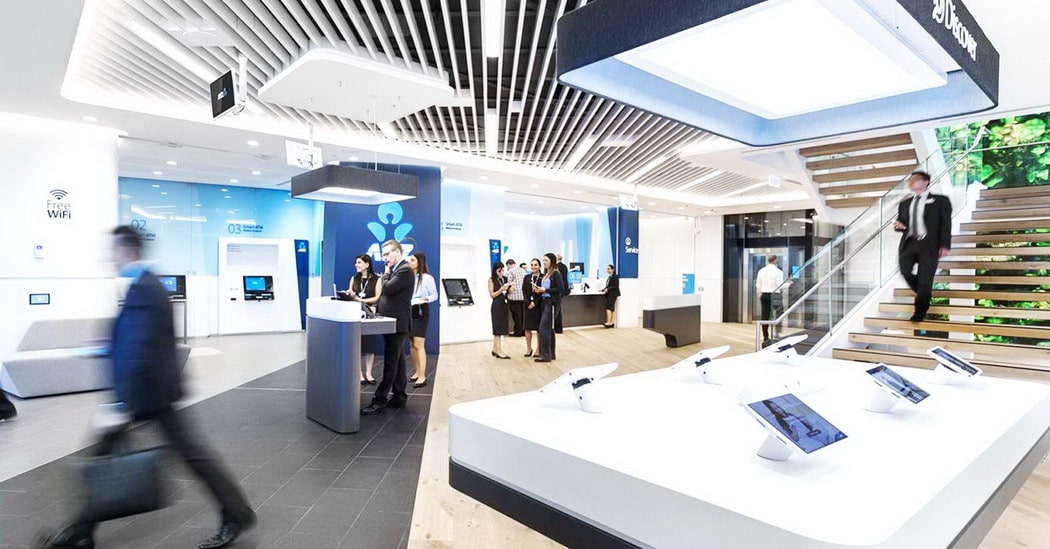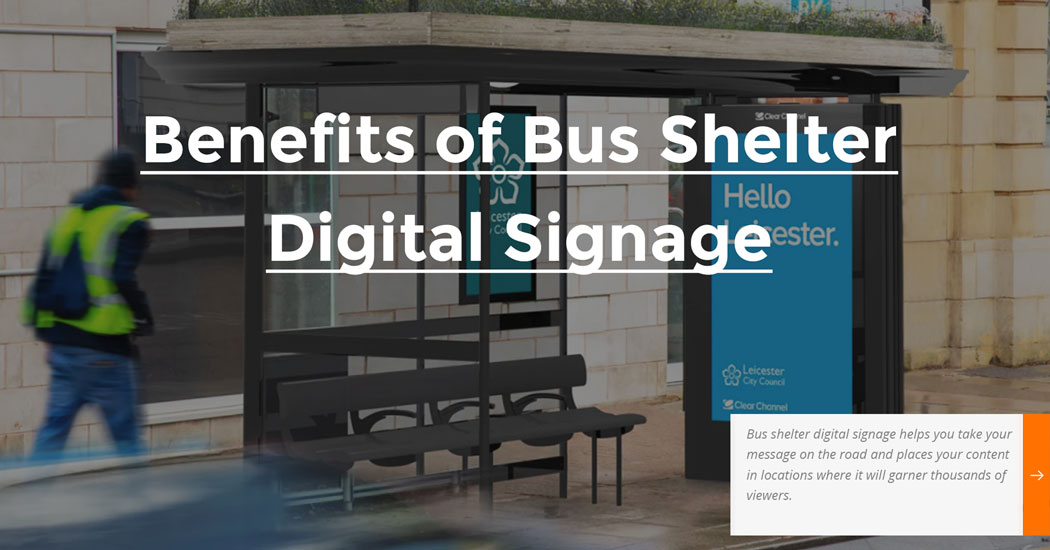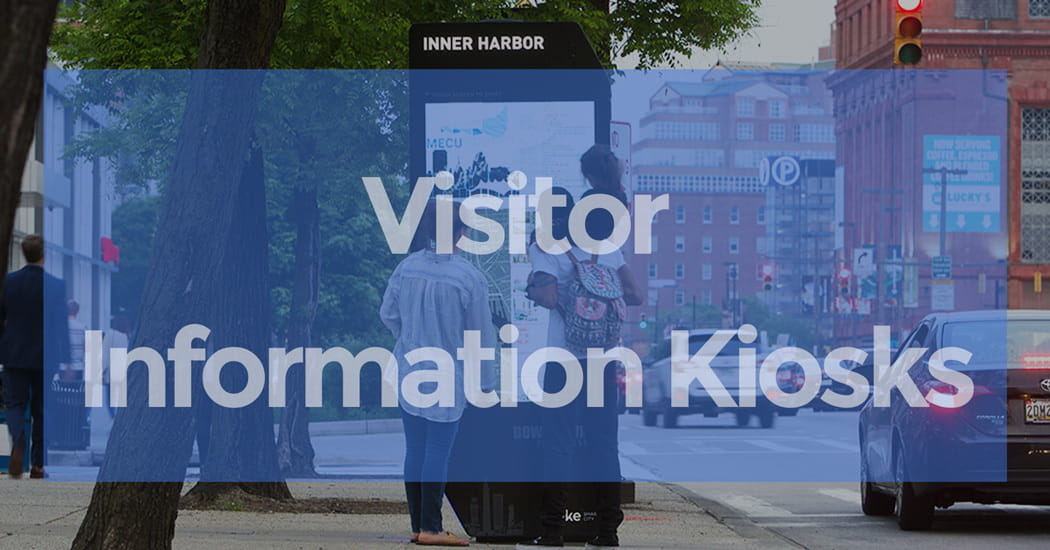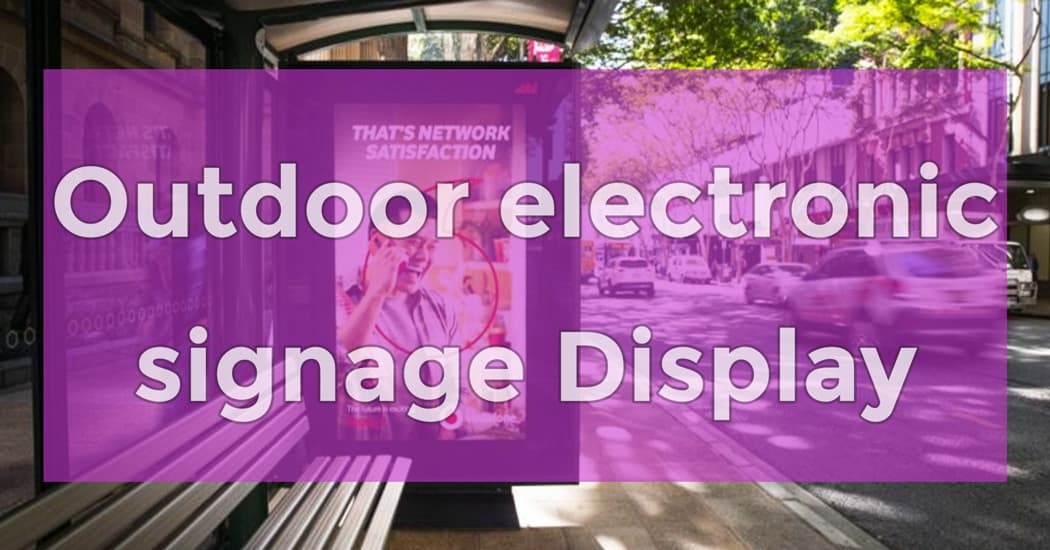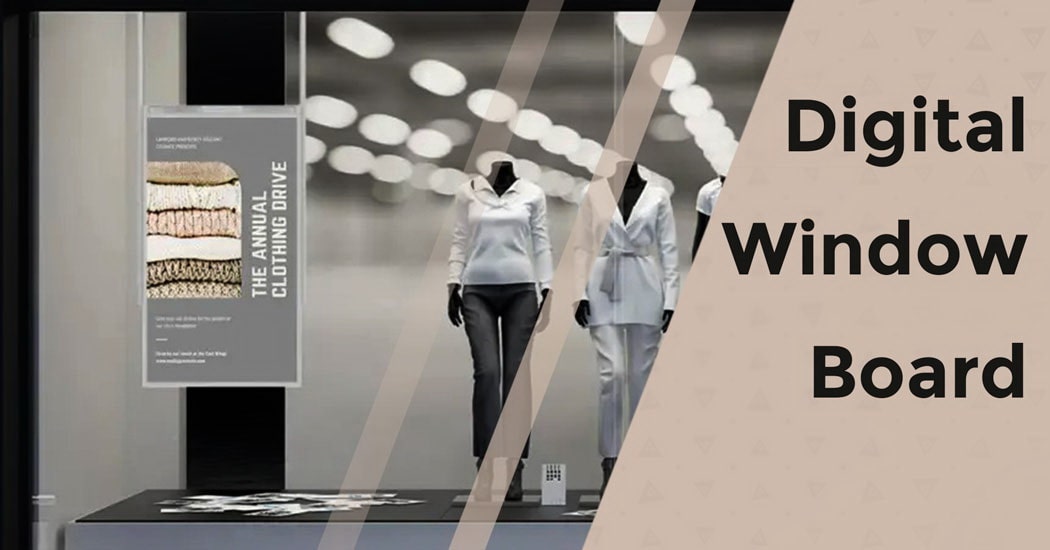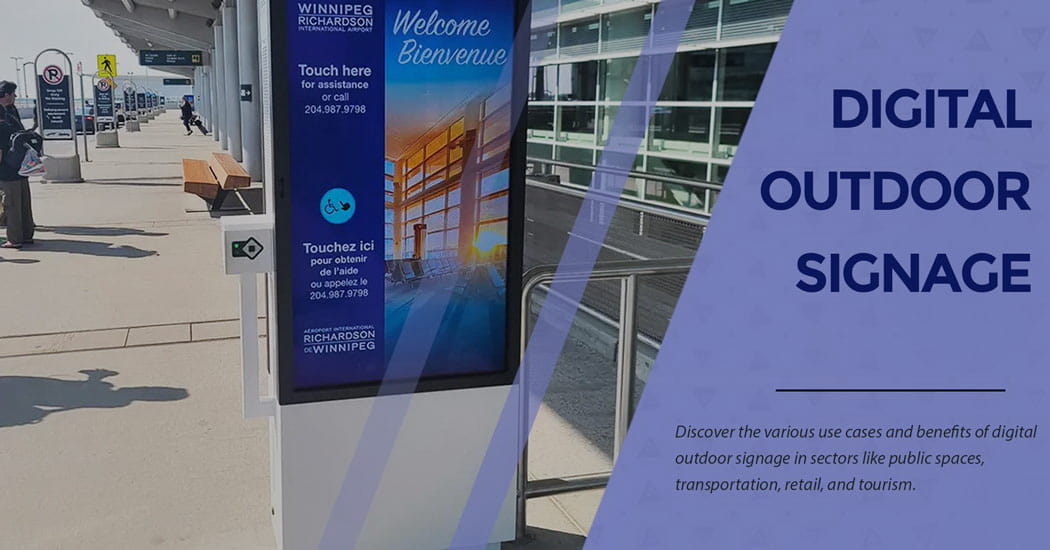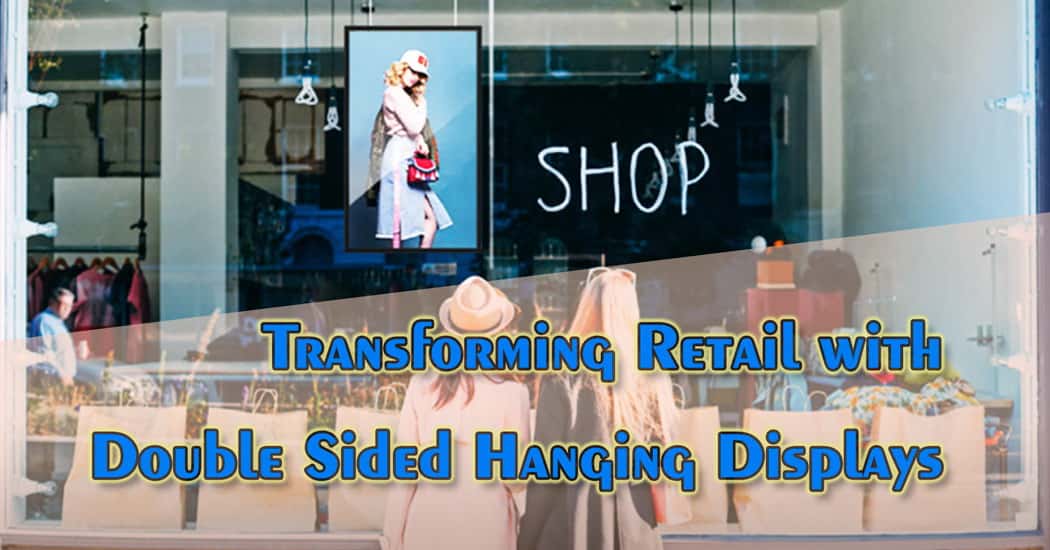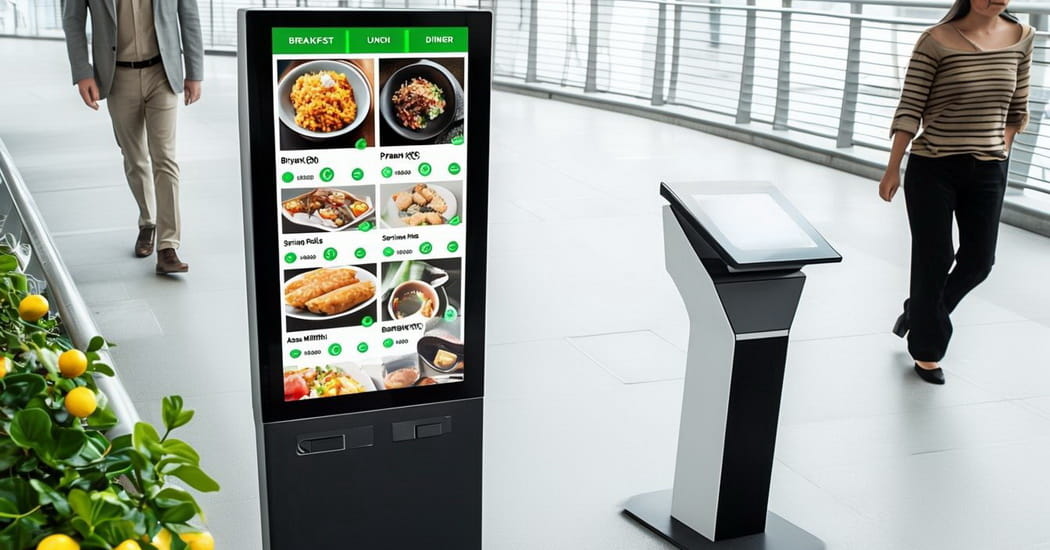
Guide To Self-Service Kiosks For Shopping Malls
Want to know how self-service kiosks are reshaping the retail landscape? This article dives into their benefits, types, and future potential, offering actionable insights for mall operators and businesses.
Shopping malls are pivotal in modern retail environments, serving as bustling hubs where consumers gather to explore, shop, dine, and socialize. These massive complexes typically feature a diverse array of stores, restaurants, entertainment venues, and services under one roof, offering unparalleled convenience and variety to shoppers. With extensive foot traffic and diverse consumer demographics, shopping malls are prime locations for retailers and brands to showcase their offerings, engage with customers, and drive sales. Shopping malls often feel confusing and maze-like, and many people feel lost. But we have found a helpful solution: self-service kiosks.
As we look at this topic, you’ll see how these kiosks improve the mall shopping experience. The self-service kiosks for shopping malls don’t just make things convenient — they provide customized, personalized experiences for each shopper.
Benefits of Self-Service Kiosks for Shopping Malls
1. Enhanced Customer Experience
* Convenience for Shoppers
Interactive kiosks within shopping malls offer unparalleled convenience for shoppers by providing quick and easy access to various services and information. Instead of searching through directories or waiting in line for assistance, shoppers can utilize interactive kiosks to find stores, locate specific products, check-in for appointments, and even make reservations or purchases.
* Access to Information and Assistance
Interactive kiosks serve as valuable information hubs within shopping malls, offering visitors instant access to relevant information and assistance. Whether seeking directions to a particular store, learning about upcoming events and promotions, or accessing details about mall amenities and services, shoppers can rely on interactive kiosks to provide accurate and up-to-date information at their fingertips.
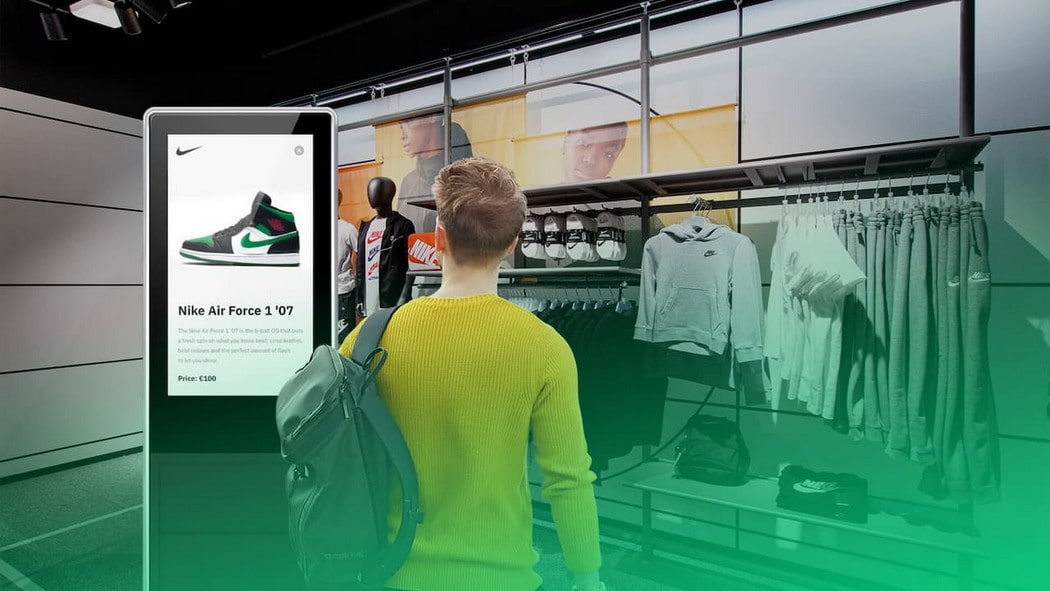
* Personalized Recommendations and Promotions
Interactive kiosks within shopping malls leverage advanced technologies such as data analytics and machine learning algorithms to deliver personalized recommendations and promotions tailored to individual shopper preferences and behavior. By analyzing shopping patterns, purchase history, and demographic information, interactive kiosks can present targeted offers, discounts, and product recommendations that resonate with each shopper’s interests and needs.
2. Cost-Efficiency for Retailers
* Reduced Staffing Requirements
Interactive kiosks within shopping malls contribute to cost-efficiency for retailers by reducing the need for extensive staffing requirements. Unlike traditional retail setups that rely heavily on human assistance for tasks such as providing information, processing transactions, and assisting customers, interactive kiosks offer self-service capabilities that enable shoppers to fulfill their needs independently.
* Streamlined Inventory Management
Interactive kiosks facilitate streamlined inventory management processes for retailers by providing real-time visibility and control over product availability and distribution within the mall environment. Through integrated inventory management systems and data analytics capabilities, retailers can monitor stock levels, track sales trends, and replenish inventory on time to meet consumer demand.
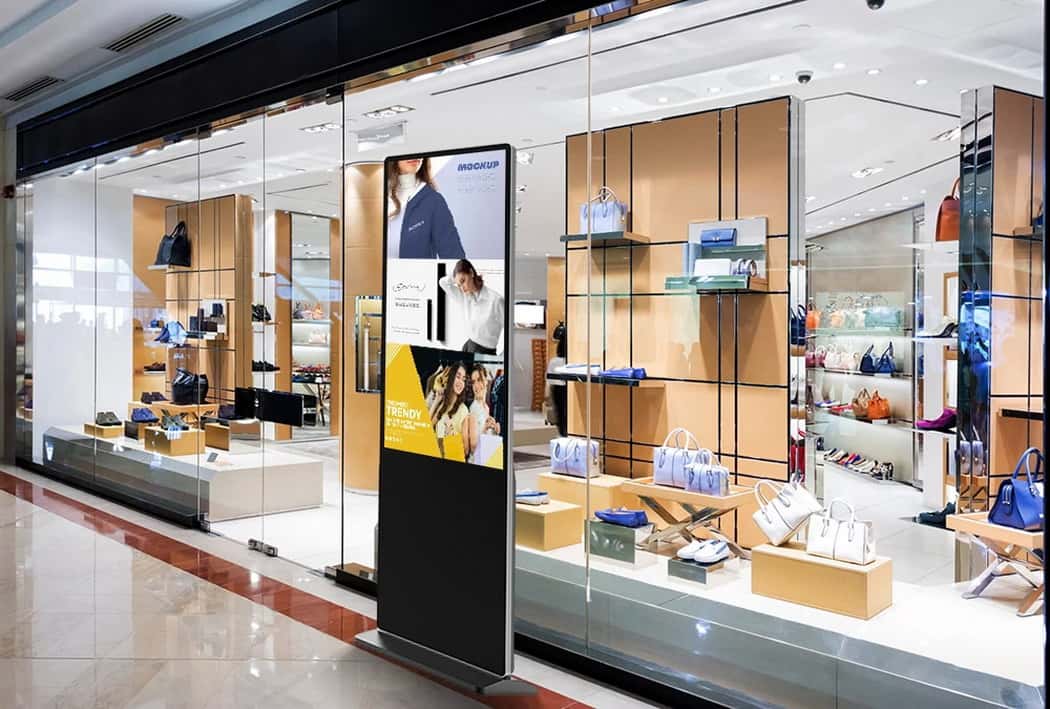
3. Promoting Brand Awareness and Sales
* Displaying Featured Products and Promotions
Interactive kiosks effectively promote brand awareness and drive sales by showcasing featured products and promotions within shopping malls. Retailers can highlight new arrivals, seasonal collections, and special offers through visually engaging displays and dynamic content to capture shoppers’ attention and stimulate interest in their brand offerings.
* Building Brand Loyalty Through Interactive Experiences
Interactive kiosks offer retailers opportunities to build brand loyalty and foster deeper customer connections through immersive experiences. By offering engaging content, interactive games, and personalized recommendations, retailers can create memorable and meaningful interactions that resonate with shoppers and reinforce positive brand perceptions.
* Encouraging Impulse Purchases and Upselling Opportunities
Interactive kiosks within shopping malls drive impulse purchases and upselling opportunities by presenting compelling product recommendations and complementary offerings to shoppers. Through suggestive selling techniques and targeted promotions displayed on interactive kiosks, retailers can entice customers to explore additional products, upgrade their purchases, or take advantage of limited-time offers to enhance their shopping experience.
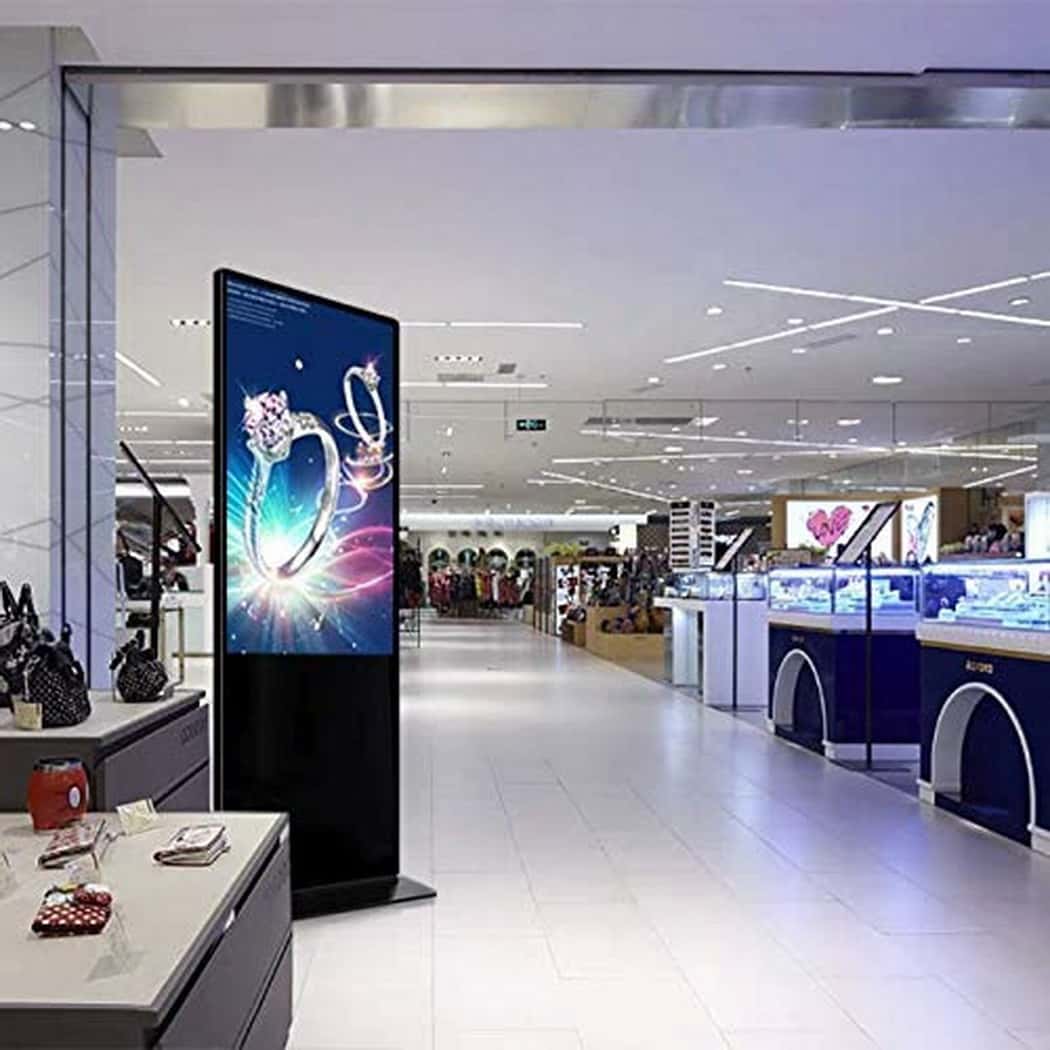
Types of Interactive Kiosks for Shopping Malls
Shopping malls have many different types of interactive kiosks or machines to serve customers. Each kind of kiosk has special features to make shopping at the mall easier and more enjoyable for customers.
Retail self-service kiosks
Retail self-service kiosk is a self service ordering kiosk that allows customers to browse and purchase products from various retailers within the mall without the need for sales personnel’s assistance.
They typically feature touchscreen interfaces that enable customers to view product details, read reviews, select sizes and colors, and complete transactions using credit/debit cards or mobile payment options.
Interactive directory and wayfinding kiosks
Interactive directories and wayfinding kiosks assist visitors in navigating the mall’s layout. They often display a 3D or bird’s-eye view of the mall, allowing users to search for specific stores, restaurants, or amenities and obtain turn-by-turn directions.
Some advanced self-service kiosks for shopping malls may also provide real-time information on store promotions, events, and parking availability.
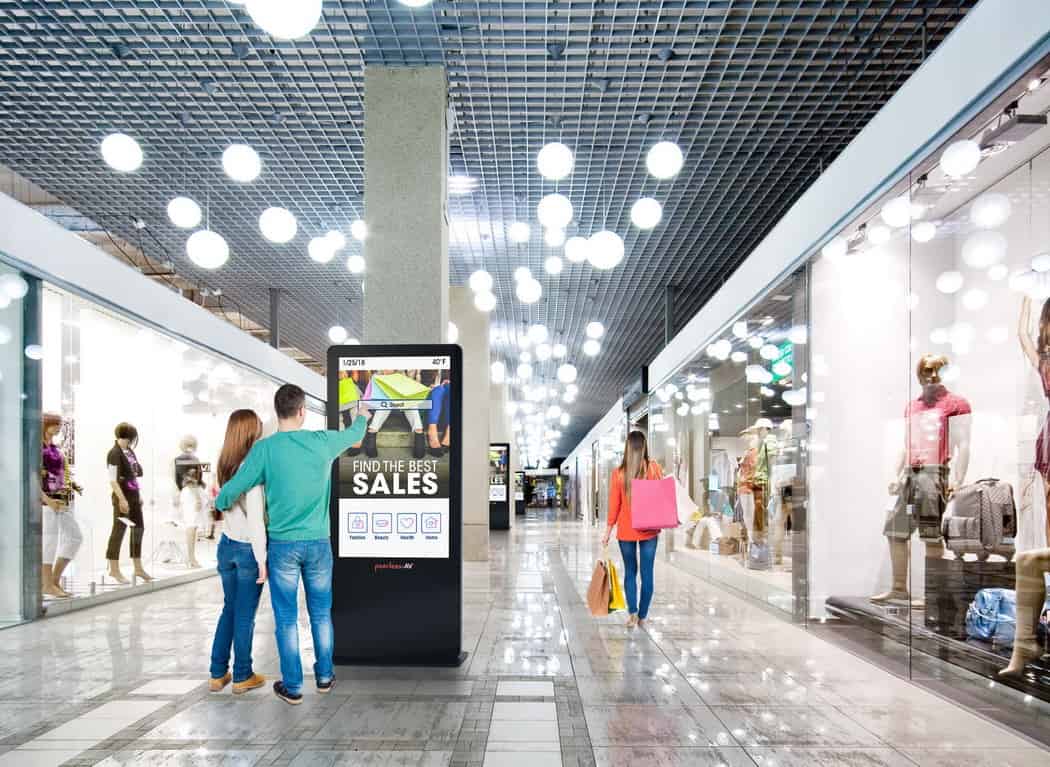
Information kiosks
Information kiosks serve as digital showcases for various retailers within the mall. They display interactive product catalogs, allowing customers to explore merchandise, view detailed product information, and even place orders for in-store pickup or home delivery.
Some self-service kiosks for shopping malls may also feature augmented reality or virtual try-on capabilities for certain products.
Ticket printing kiosks
For malls that house movie theaters, concert venues, or other entertainment attractions, these ticketing kiosks enable visitors to purchase tickets without waiting in long lines.
Users can browse event listings, select desired seats or showings, and print their tickets directly from the kiosk. Some self-service kiosks for shopping malls may also offer the option to purchase concessions or merchandise in advance.
Conclusion
In conclusion, self-service kiosks have made a big difference in shopping malls. They help people find their way around easily and make shopping more convenient.
These kiosks offer a wider range of products and personalize the shopping experience. They also help stores save money and improve how they serve customers. As technology advances, these kiosks will continue to improve, making shopping at malls easier and more enjoyable for everyone.
Closely related post:
Latest updated post:
Latest products:


